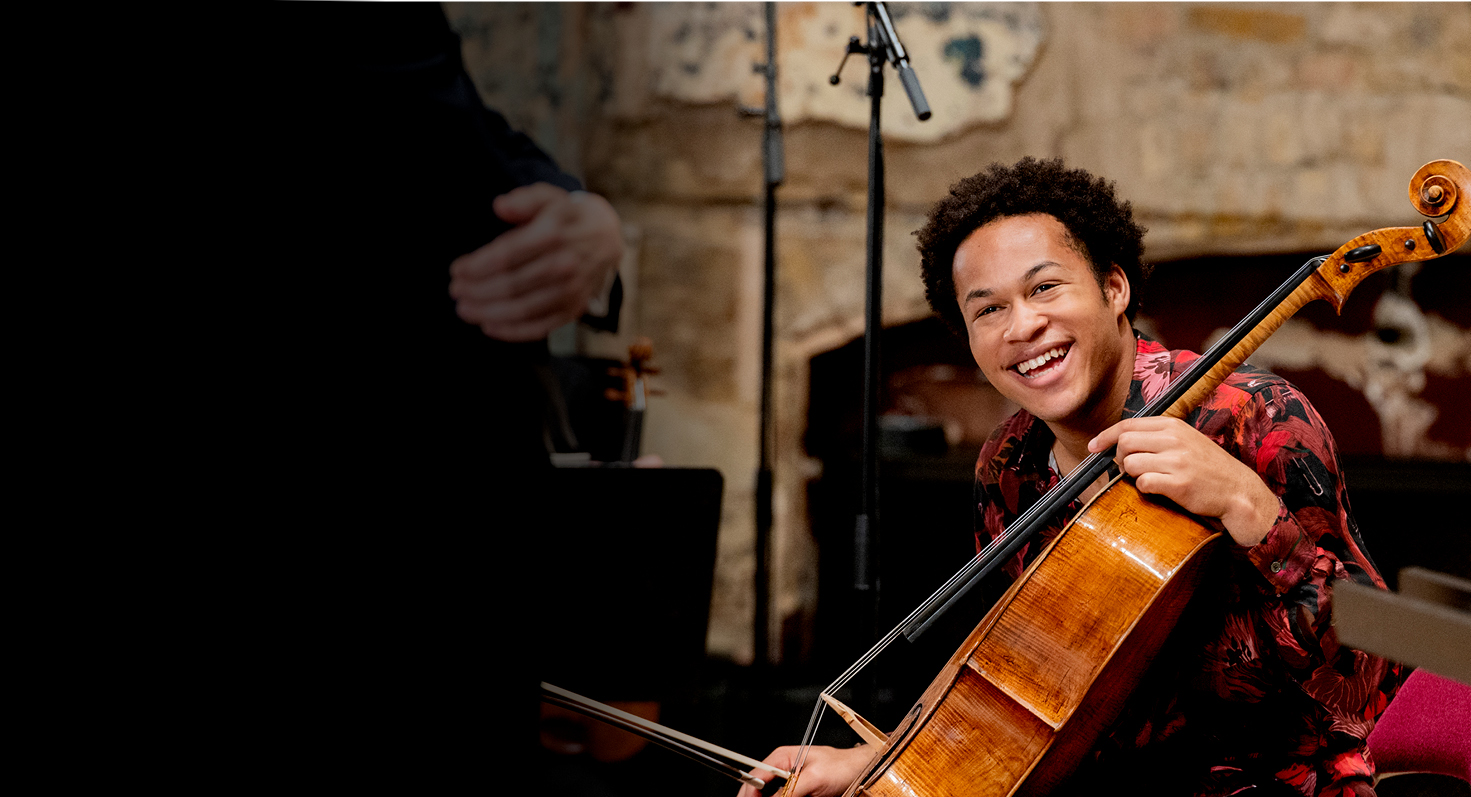Everything you need to know about The Lark Ascending and Beethoven’s Symphony No.1

Here are some thoughts on Vaughan Williams The Lark Ascending and Beethoven’s Symphony No. 1 from our Programmes Editor, Joanna Wyld.
The Lark Ascending was inspired by a pastoral poem of the same name by George Meredith (1828 – 1909):
As up he wings the spiral stair,
A song of light, and pierces air
With fountain ardour, fountain play,
To reach the shining tops of day,
And drink in everything discern’d
An ecstasy to music turn’d… In Vaughan Williams’s sublime musical response, English folk styles and subtle orchestral colours are combined to create an impressionistic evocation of nature with a profoundly moving emotional undercurrent.

The Lark Ascending opens with a concise introduction for woodwind and muted strings, after which the soloist enters with a rhapsodic cadenza (when the soloist plays alone), the almost improvisatory melody tracing curlicues of sound to represent the lark’s flight and song.
Both violin and orchestra play the brooding pastoral theme that follows, with decorative touches reminding us that the bird is never far away.
After another cadenza there is a contrasting episode in which the flutes outline a new theme, echoed by the violin. The violin’s trills lead us into the next, more animated section, including a lively tune on the oboe.
The brooding theme and the flute melody, now played by the soloist, are reprised, and the piece ends with the solo violin line’s exquisite ascent into the ether.
Beethoven’s Symphony No. 1 has to some extent been overshadowed by what he would go on to achieve, but this should not detract from its significance as a confident, skilful declaration of intent.
The first movement begins with a musical joke, starting in the ‘wrong’ key (F) and on a discord (a ‘seventh’ chord), before arriving at the home key of C major. Beethoven also chose unusual scoring for this opening: woodwinds and pizzicato (plucked) strings, a sonority that surprised the critics of the day.
These features may seem uncontroversial to modern ears, but in the context of the conventions of his time Beethoven was making a bold statement: the first bars of his first symphony broke the rules, demonstrating in one concise passage that he was ushering in the new. Next follows a pastoral slow introduction, after which the movement unfolds with energy, originality and concision.
The second movement includes delicate interplay between solo woodwinds and the strings, but the earthy third-movement minuet is full of vitality, anticipating Beethoven’s use of the livelier ‘scherzo’ (instead of the statelier minuet style) from his Second Symphony onwards.
The trio section is an oasis of calm, the tranquil woodwind choir unmoved by rapid strings, an effect so striking that the young Elgar copied out this passage with fascinated precision.
The finale includes more of Beethoven’s humour, an ascending figure coyly revealing itself before unveiling the first theme.
This movement was the first to be drafted, originally intended to open the symphony. The ‘scale’ theme pervades the movement, and there are further witty touches when the woodwinds seem to announce the reprise of the main themes only to find that they have been beaten to it, as well as the mocking of the ‘scale’ idea in the coda.
Download full programme notes and artist biographies here.
Watch again
Support the Philharmonia
Donate today to Keep the Philharmonia Playing for our audiences around the world

